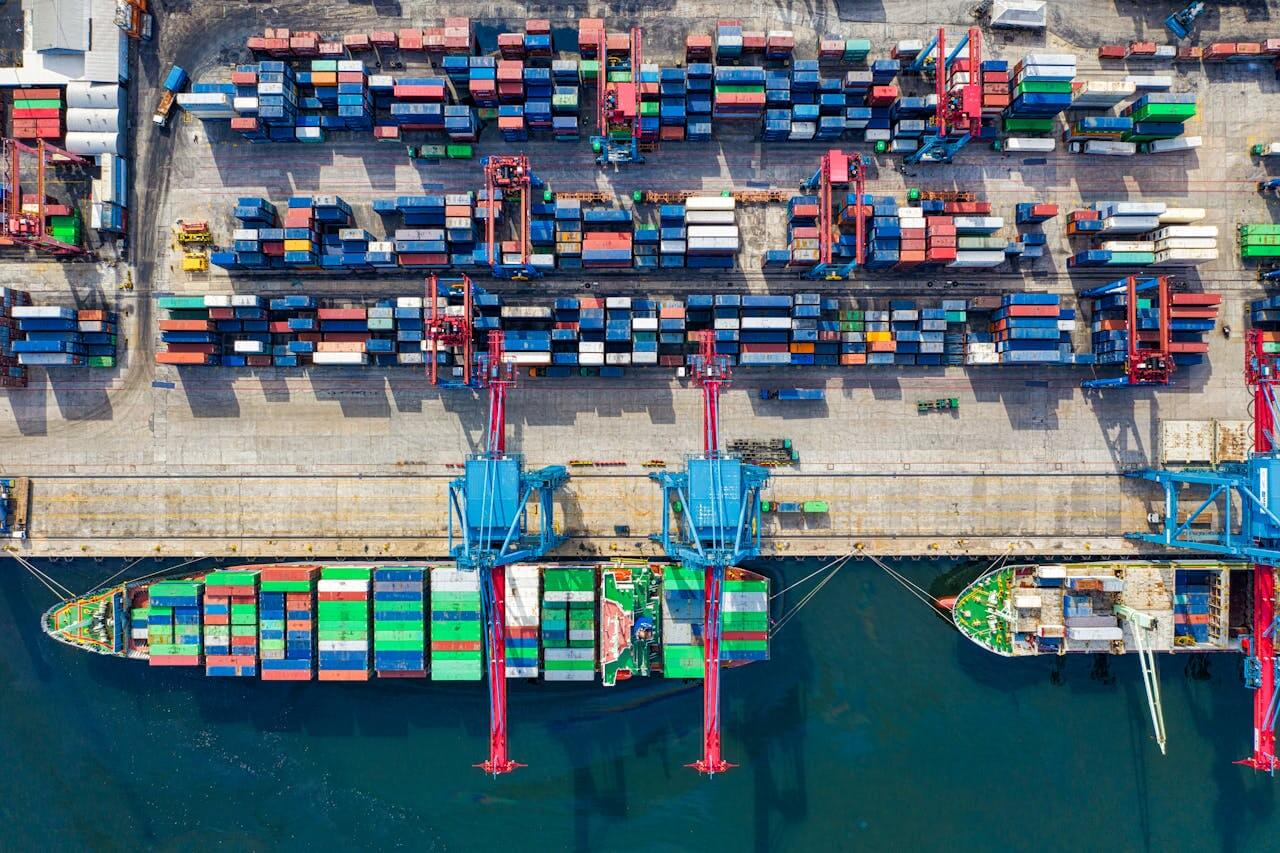
China-Middle East Trade Volume Skyrockets to USD507.2 Billion
China has rapidly expanded its trade with Middle Eastern countries in recent years. Remarkably, the China-Middle East trade volume has nearly doubled since 2017. Chinese Customs data reveals that trade grew from USD262.5 billion in 2017 to a record USD507.2 billion in 2022. Consequently, the Middle East has become China’s fastest-growing trading partner. This impressive growth outpaces China’s trade with ASEAN, the European Union, and the United States. As a result, the Middle East now holds a pivotal position in China’s global trade strategy. Furthermore, this trend highlights the region’s increasing economic importance on the world stage.
The Gulf Cooperation Council (GCC) Leads the Way
China’s trade with GCC nations soared to USD1 trillion in 2022. This impressive figure includes transactions with Saudi Arabia, the UAE, and other Gulf states. Additionally, China’s trade with Iran, Israel, Jordan, and Turkiye contributed USD40 billion to the total. Consequently, the GCC countries have emerged as pivotal partners for China in the Middle East. Their significant role has been instrumental in fostering this remarkable growth. As a result, economic ties between China and the Gulf region have strengthened considerably.
A Growing Economic Influence
China is currently the largest trading partner for many major economies in the Middle East and Africa, including Saudi Arabia, the United Arab Emirates, Egypt, and South Africa. The country’s growing influence in the region is evident in its trade relationships, with the China-Africa trade volume also surging by 14.5% year-on-year in 2022 to almost CNY1.9 trillion (US$264 billion). This significant growth is a testament to China’s commitment to strengthening its economic ties with countries in the region.
Diversification and Cooperation
China’s trade strategy in the Middle East and Africa is focused on diversification and cooperation. By investing in infrastructure, energy, and other sectors, China is creating mutually beneficial partnerships that drive economic growth and development. Moreover, the country’s Belt and Road Initiative (BRI) is playing a key role in facilitating trade and investment between China and the Middle East. The trade volume is expected to continue growing, driven by the strong demand for Chinese goods and services in the region.
China’s expanding economic influence in the Middle East is evident through its rapidly growing trade relations. Consequently, China solidifies its position as a dominant global trade player. Moreover, the country actively strengthens its ties with Middle Eastern and African nations. As a result, China’s prominence in international commerce is likely to persist. Furthermore, GCC nations and other regional countries will continue to drive this growth. In addition, China and the Middle East are forging even stronger economic bonds. Ultimately, this partnership promises to reshape the global economic landscape in the coming years.
